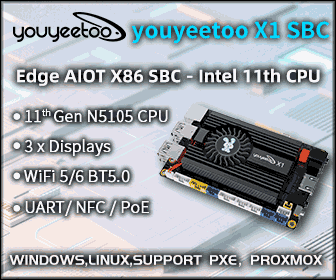Vensmile iPC002 is an Ultra Thin Windows 8.1 mini PC with a 7,000 mAh Battery
Several mini PCs and sticks based on Intel Atom Z3735f/g tablet processors have been announced in the last few months, including MeegoPad T01 and MINIX NEO Z64. But iPC002 introduced to me by VISSON, is a little different, as it includes most features of a tablet with a thin form factor, and an internal battery, but the display, and adds full sized USB ports. iPC002 specifications: SoC – Intel Atom Z3735F “Bay Trail” quad core processor @ 1.33 GHz (Bust freq: 1.83 GHz) with Intel HD graphics Gen 7 (2W TDP) System Memory – 2 GB DDR3L Storage – 32 GB eMMC + micro SD slot Video Output – micro HDMI Audio I/O – micro HDMI, 3.5mm headphone jack, and built-in microphone Connectivity – 802.11 b/g/n Wi-Fi and Bluetooth 4.0 USB – 2x USB 2.0 host ports, 1x micro USB OTG 2.0 port Misc – Volume Up/Down Key, Power Key […]





